TABLE 15-5
What are the factors that determine the acceleration time (in sec.) from 0 to 60 miles per hour of a car? Data on the following variables for 171 different vehicle models were collected:
Accel Time: Acceleration time in sec.
Cargo Vol: Cargo volume in cu. ft.
HP: Horsepower
MPG: Miles per gallon
SUV: 1 if the vehicle model is an SUV with Coupe as the base when SUV and Sedan are both 0
Sedan: 1 if the vehicle model is a sedan with Coupe as the base when SUV and Sedan are both 0
The regression results using acceleration time as the dependent variable and the remaining variables as the independent variables are presented below.
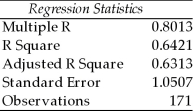 ANOVA
ANOVA

 The various residual plots are as shown below.
The various residual plots are as shown below.
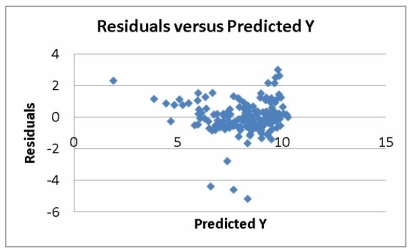
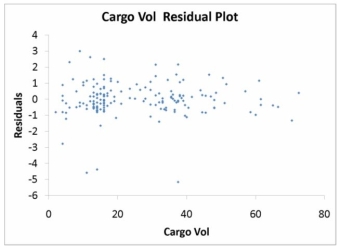
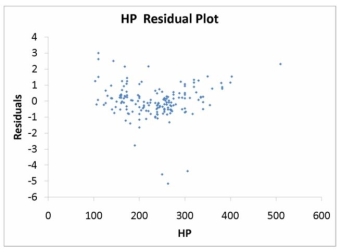
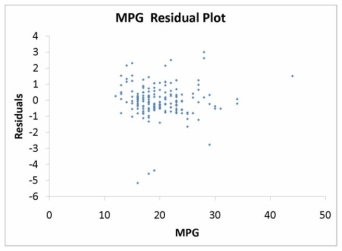
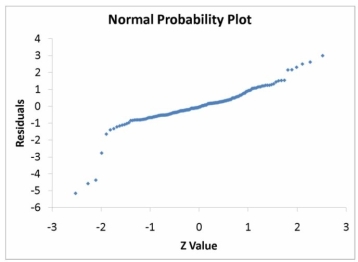 The coefficient of partial determination (
The coefficient of partial determination (  ) of each of the 5 predictors are, respectively, 0.0380, 0.4376, 0.0248, 0.0188, and 0.0312.
) of each of the 5 predictors are, respectively, 0.0380, 0.4376, 0.0248, 0.0188, and 0.0312.
The coefficient of multiple determination for the regression model using each of the 5 variables as the dependent variable and all other X variables as independent variables (  ) are, respectively, 0.7461, 0.5676, 0.6764, 0.8582, 0.6632.
) are, respectively, 0.7461, 0.5676, 0.6764, 0.8582, 0.6632.
-Referring to Table 15-5, the error appears to be left-skewed.
Definitions:
Cash Receipts
The collection of money, including currency, checks, electronic transfers, and other forms of payment, for goods or services rendered.
Cash Payments
Money disbursed by a business for goods, services, or other obligations.
Accounts Receivable
Funds that customers owe to a company for products or services provided but not yet compensated for.
Accounts Payable
Money owed by a company to its creditors for goods or services that have been delivered or used, but not yet paid for.
Q4: Referring to Table 17-4, suppose the sample
Q15: Referring to Table 16.7, exponentially smooth the
Q17: Every spring semester, the School of Business
Q18: Referring to Table 16-5, the best interpretation
Q40: Referring to Table 13-9, the 90% confidence
Q41: A manager of a product sales group
Q95: Referring to Table 16-6, exponentially smooth the
Q108: The coefficient of multiple determination is calculated
Q162: Referring to Table 13-4, suppose the managers
Q191: Referring to Table 14-7, the department head